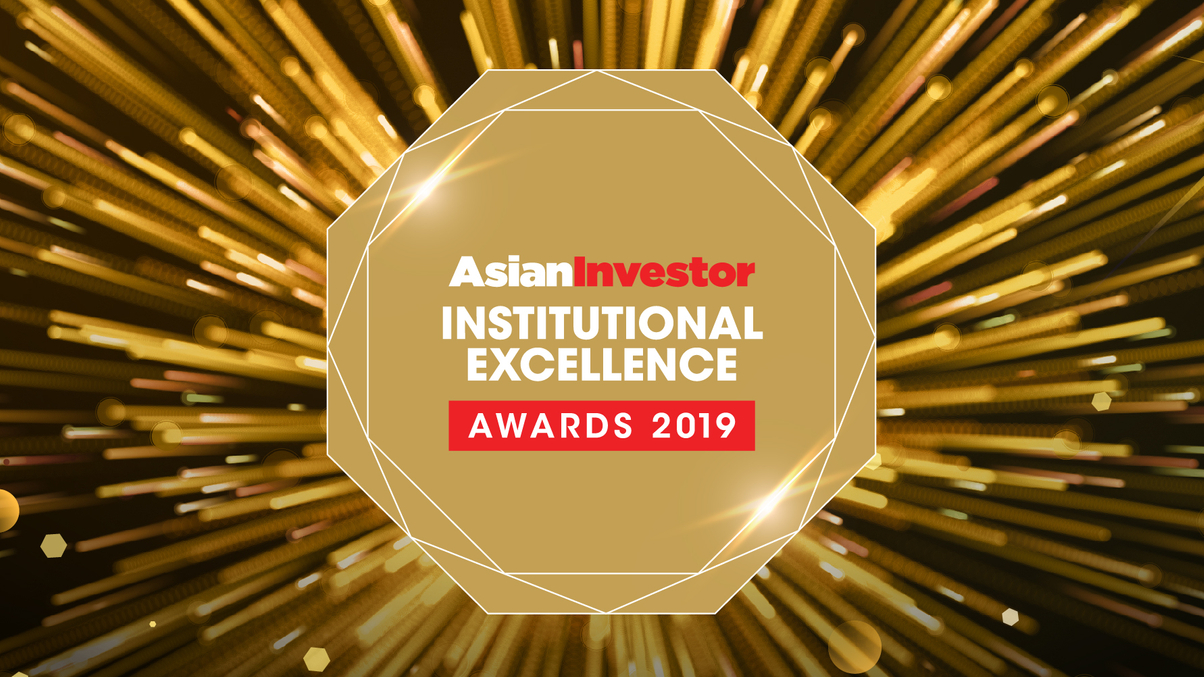award
Asia’s best asset owners: How GPIF’s Mizuno and GPF’s Man impressed
For the final two in our institutional awards series, we explain our choice of Hiromichi Mizuno as the best CIO and outline the contributions of Man Juttijudata to Thailand's investment industry.

The past few years have amply demonstrated why the world’s most successful asset owners combine process discipline with hard work, talented personnel and a willingness to embrace new opportunities.
Sign In to Your Account
Access Exclusive AsianInvestor Content!
Please sign in to your subscription to unlock full access to our premium AI resources.
Free Registration & 7-Day Trial
Register now to enjoy a 7-day free trial—no registration fees required. Click the link to get started.
Note: This free trial is a one-time offer.
¬ Haymarket Media Limited. All rights reserved.


